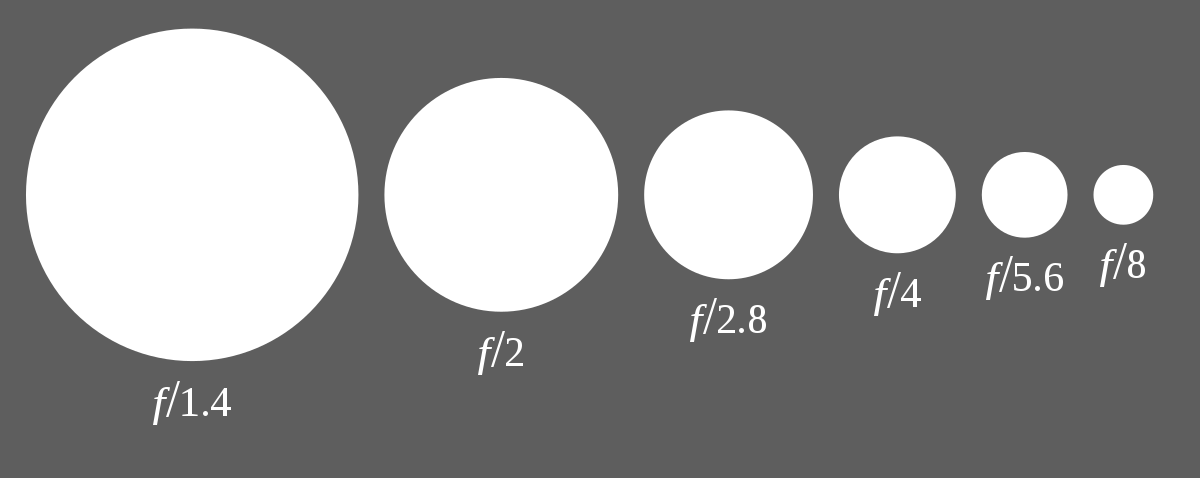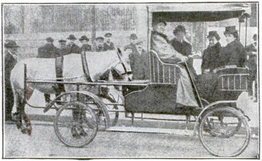(My bold). Actually no, although language evolves with time and usage, and "one stop" now generally means either halving or doubling the exposure, whether that's achieved by changing the shutter speed, the ISO setting or the lens aperture (which which is where the term originated)
The lazy way for me to explain this is to reproduce a bit from my beginner book . . .
"
In the very early days of photography, there wasn’t any way of reducing the amount of light, so all photos had to be taken with the lens “Wide open” – no control at all - which made life difficult for the photographer.
After a while, it became possible to unscrew lenses, allowing photographers to insert a “stop” – basically a washer – into the lens to restrict the amount of light. And then, in 1858, John Waterhouse improved on this idea with a series of drop-in constrictions with various size holes, later followed by a metal strip with different size holes drilled into it, and his invention was known as the Waterhouse Stop. See https://en.wikipedia.org/wiki/Waterhouse_stop. This idea was developed and improved by the lens maker Carl Zeiss in 1906 and eventually developed into what we have today, the Iris diaphragm, which is a mechanical device that mimics our own eyes, letting in more light in dark conditions and less light in bright conditions. Look at the illustrations on this page, which demonstrate the process very well https://en.wikipedia.org/wiki/Diaphragm_(optics)
The very old camera lenses had a visible iris diaphragm, which made it much easier to understand than the current ones, which can hardly be seen at all, at least on the very popular DSLR cameras simply because, when we look through the viewfinder to compose our shots we want a bright, clear image, which means that the lens is “wide open” until we press the magic button, at which point the iris diaphragm closes to the chosen setting, the shutter then opens and closes for the length of time of the chosen setting and the iris diaphragm then fully opens again."


